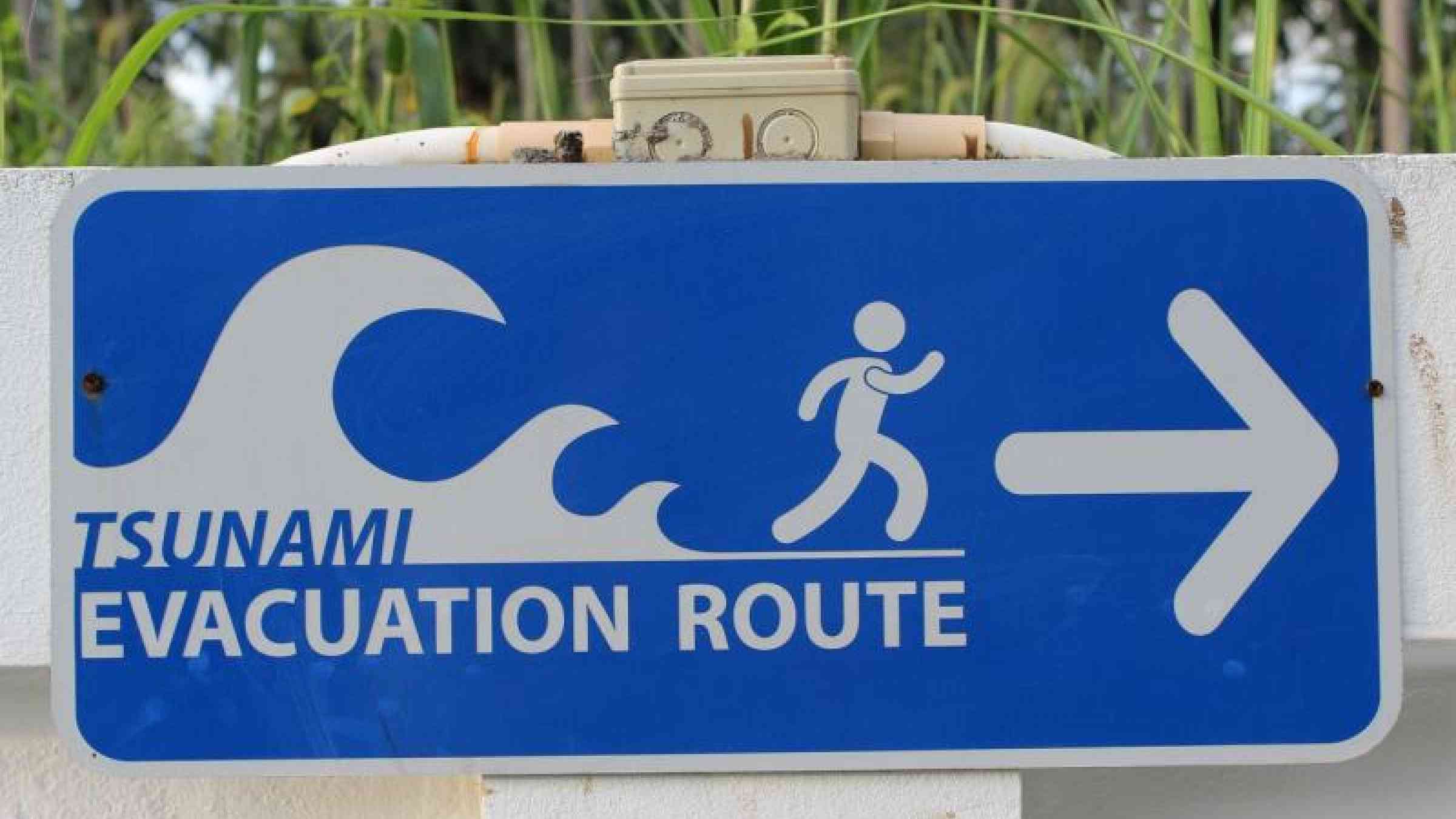Caribbean tests tsunami warning system

A tsunami early warning exercise will take place in the countries bordering the Caribbean Sea on 21 March to assess and update their reactivity. The exercise will test the Tsunami and Other Coastal Hazards Warning System for the Caribbean and Adjacent Regions established in 2005 under the auspices of the Intergovernmental Oceanographic Commission of UNESCO (IOC-UNESCO).
The exercise will test three scenarios simulating separate earthquakes: one off the coast of Costa Rica, another off the coast of Cuba and a third northeast of the Lesser Antilles. It will feature fictitious messages sent by the Pacific Tsunami Warning Centre (PTWC) to the 48 countries and territories taking part in the exercise.
Known as Caribe Wave 17, the exercise will test the effectiveness of early warning provisions involving those responsible for the management of emergencies in the region, including national Tsunami Warning Focal Points, weather forecast centres, national coast guards, and emergency relief services. Interested countries will also be able to conducts tests at the local level.
Over the last 500 years, 75 ocean tsunamis have occurred in the Caribbean, nearly 10% of the worldwide total over the same period. Tsunamis caused by earthquakes, landslides or volcanic activity have claimed more than 3,500 lives in the region since the middle of the 19th century (according to the U.S. National Oceanic and Atmospheric Administration, NOAA). The region has become ever more vulnerable to such risks due to massive population growth and the development of tourism in coastal areas.
The Intergovernmental Coordination Group for the Tsunami and Other Coastal Hazards Warning System for the Caribbean and Adjacent Regions (ICG/CARIBE EWS) was established in 2005 to help Member States establish tsunami warning and response systems. It replicates the models of the Pacific, Indian Ocean, Mediterranean and Northeast Atlantic systems, created under the auspices of the IOC.